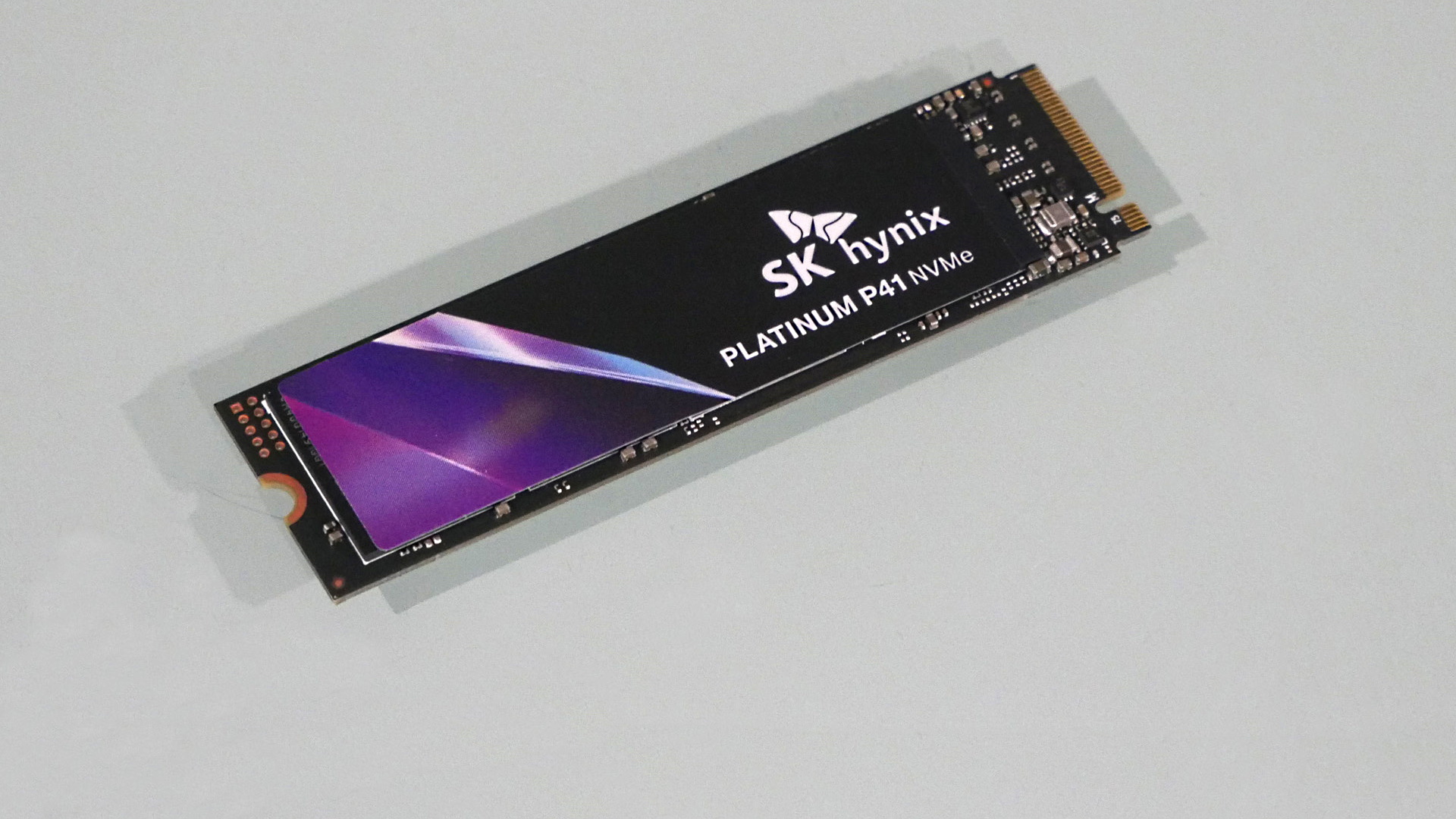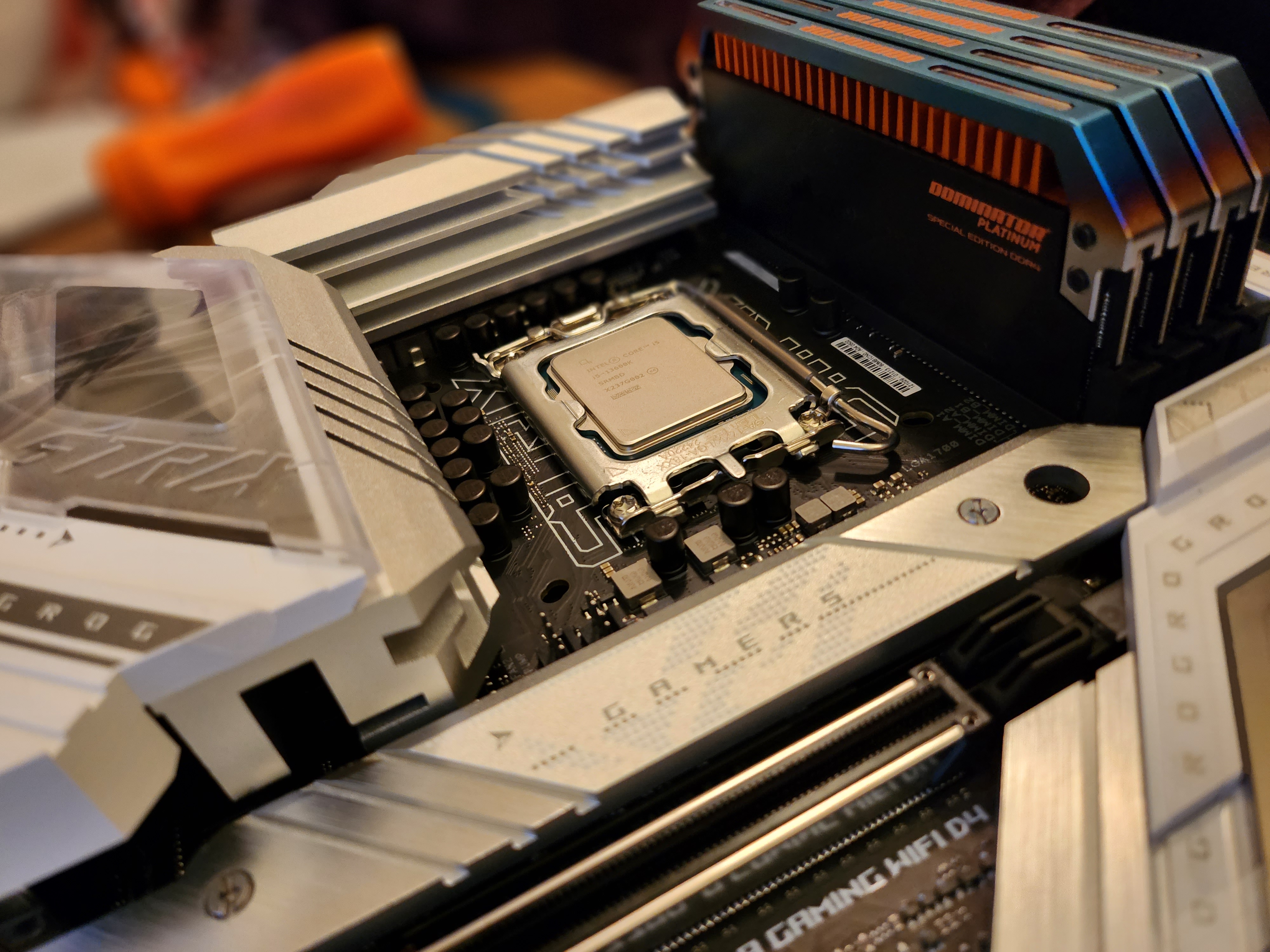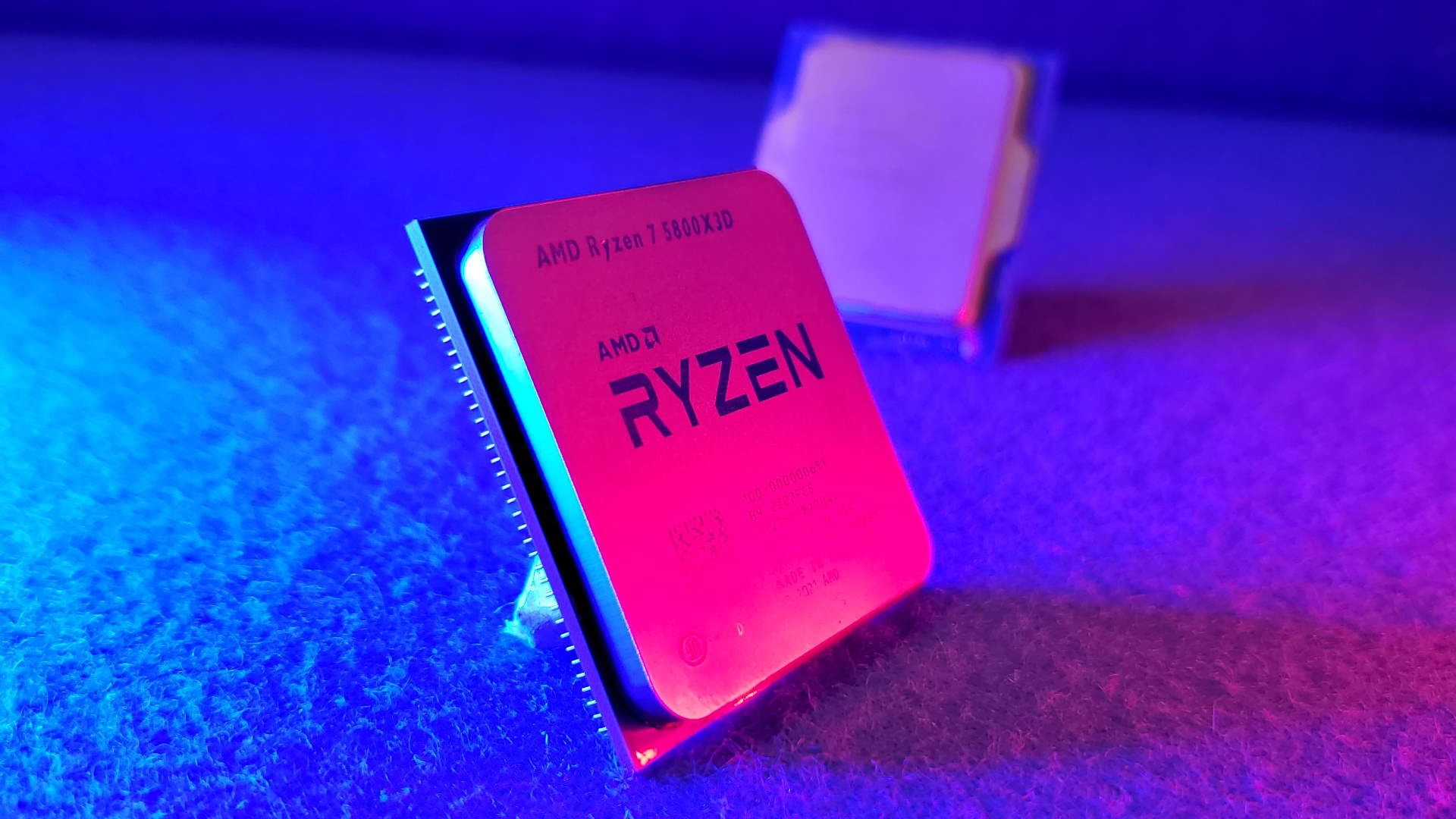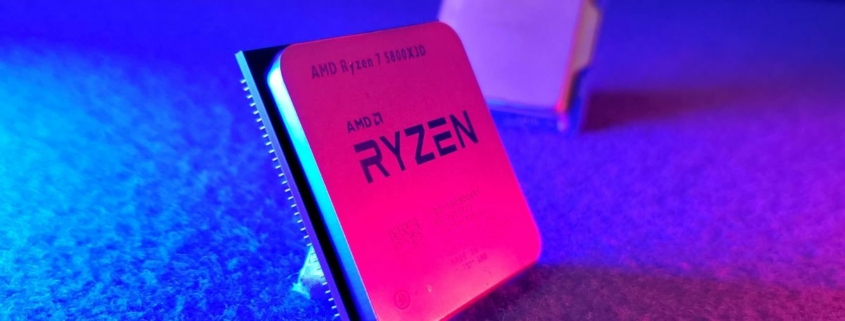2023 is the year for a small, tactical upgrade to your PC


There are a few famous challenges in PC gaming history: landing on a distant planet in Kerbal Space Program, managing an aquifer in Dwarf Fortress, and upgrading one component in your PC without then replacing everything else. I’ve fallen into that trap so many times.
⚡ I get a new graphics card, but then actually, I probably need a new power supply just to be safe, right?
🧠 I decide to upgrade CPUs, but, well, that necessitates a new motherboard, and my RAM is kinda outdated now that I look at it…
🖥 I get a new beefy CPU cooler, but oops, it turns out it doesn’t quite fit in my case—and while I’m getting a new one of those, wouldn’t it be quieter with a full set of Noctua fans?
One shiny new component begets another, and once you’re in for a couple upgrades it’s hard to resist the allure of an entirely new gaming PC. And then oops: there goes $1,500. But in 2023, I’m advocating for the Frankenstein approach: it’s a great year to make a tactical, targeted upgrade to your PC for a fresh burst of speed that doesn’t cost an accidental fortune.
PC gaming is just expensive right now. As of today, the cheapest new graphics card you can buy from Nvidia, the 4070 Ti, costs $799 before taxes. Later this year Nvidia will presumably roll out more affordable options. But not affordable enough. Just a few years ago, a 2070 Super cost $499; a 1070 Ti cost $450. The GTX 1650, still the most-used card on the Steam hardware survey, launched for just $149 in 2019. Today, if you want a graphics card at that entry level price right now, you basically have to buy… a GTX 1650. Still!!
It’s hard not to notice that PC gaming as a whole has gotten a lot more expensive in the last few years, thanks to a mix of powerful new tech and pandemic shortages that have driven component costs up and up. The article we wrote in September 2021 about PC gaming becoming harder to get into still feels true. And since then the $70 game has arrived on PC, too. The positive side to all this is that hardware has improved in leaps and bounds in recent years, after quite a few generations of unimpressive growth. That means that if you’re still sitting on an aging PC, a couple targeted upgrades could go a long, long way.
The all-around speed boost

Upgrade: SATA SSD to PCIe Gen 4 SSD
Do this if:
- You’re booting from a SATA SSD (or, gasp, HDD)
- Your motherboard has an M.2 SSD slot that supports NVMe (likely on 2016 or newer)
Ballpark price: $100 – $120 for 1TB
Over Black Friday I finally saw a price I was happy with for a 2TB PCIe Gen 4 NVMe SSD and grabbed an SK Hynix Platinum P41, one of our top picks for the best gaming SSD. It’s the single best PC upgrade I’ve made in years. This thing is so fast it brought my PC boot time to near single digits and made me feel a bit foolish for sticking with a SATA SSD all these years.
I realize there’s a lot of technobabble in that first sentence, so if you don’t really know what “PCIe Gen 4” means or understand the minutia of NVMe vs. SATA, that’s okay. The main takeaway here is that these newer, high-speed PCIe 4.0 drives support a faster data transfer rate that tops out at about 8,000 MB/s, vs. 600 MB/s for SATA. Of course it’s not as simple as “PCIe Gen 4 SSDs are 13 times faster”—that depends a ton on all kinds of factors, like whether you’re reading or writing sequential or random bits of data, what kind of controller the SSD has, and on and on. But forget all that: just focus on the fact that a high quality SSD like the Sky Hynix Platinum P41 can hit speeds of over 7,000 MB/s on a newer motherboard that supports PCIe Gen 4, or fully max out an older motherboard that supports PCIe Gen 3.
When I bought mine, I was still using an Intel i7-7700K CPU from 2017. My motherboard supported NVMe SSDs, but only at the Gen 3 speed of 4,000 MB/s max. But that’s still way, way faster than SATA, and if you’re on similarly old hardware, you’ll absolutely be able to feel the difference in Windows and in game load times. It’s not as flashy an upgrade for gaming as a new graphics card, but for day-to-day computing, nothing will improve your PC more.
Bonus value: AMD added Gen 4 SSD support with Ryzen 3000 (2019) and Intel added Gen 4 SSD support with 11th gen Rocket Lake (2021). You’ll get maximum benefit from a new SSD on one of those platforms.
The savvy Intel upgrade

Upgrade: New Intel 13th Gen CPU & DDR4 motherboard
Do this if:
- Your CPU is 5+ years old
- You have DDR4 RAM that can run at 3600MHz or higher
Ballpark price: $320 for CPU, $100 – $200 for motherboard
Nothing excites us PC gamers like making the leap to a new generation of hardware, which I just advocated for in the SSD tip above. It’s an expensive proposition right when that new tech first comes out: DDR5 RAM was overpriced and nearly impossible to get ahold of a year ago, but it’s now easy to find and not too much pricier than DDR4 (I’m guessing it’ll take another year for prices to reach parity, though AMD’s a bit more optimistic). Right now DDR5 is still an extra expense you could potentially avoid without missing out on much performance, though.
We recently crowned Intel’s new Core i5-13600K the best gaming CPU thanks to its six high frequency Performance Cores and more Efficient Cores than last year’s model. This thing matches the 12th Gen Core i9 for single-threaded performance! Wild. If you haven’t been paying attention to CPUs in recent years, this chart from PassMark helps illustrate how much generation-over-generation improvement there’s been in recent years; if your CPU is from 2017 or before, you’ve got some major gains laid out before you. AMD’s Ryzen 7000 CPUs are still great buys too, too, but there’s one tactical move here you can only make with 13th Gen Intel: pairing an i5-13600K (or one of the more affordable, lower power chips just announced at CES) with a motherboard that supports DDR4 RAM.
See, AMD’s now all-in on DDR5, but Intel’s still supporting DDR4 for one more generation, meaning you could keep your old RAM and still reap the benefits of a new CPU. If past you bought DDR4 that can run at 3600 or 4000 MHz, it’s still totally viable today. A couple years ago we found that 3600 MHz DDR4 with tight memory timings was the sweet spot for price/performance, and further testing since then still hasn’t found much benefit to faster DDR5 for gaming. You can eke out a better minimum FPS or more overall performance in some situations with DDR5, but not enough to justify the purchase right now if you already own a good DDR4 kit.
So what motherboard should you buy if you want to pair a new Intel CPU with DDR4?
The budget path uses a B760 chipset motherboard, which will cost around $150-$200. These models are brand new, just releasing this January. Intel’s “B” chipset motherboards are more budget-friendly picks without CPU overclocking support and a few other fancy features. You could also look for a higher-end 2021 Z690 motherboard or a 2021 B660 motherboard on discount, as those models also support the 13th Gen Intel CPUs. The Gigabyte B660M, for example, is only $110 (opens in new tab), which is dirt cheap. Alternately, the $200 MSI MAG B660M Mortar Max (opens in new tab) is one of a handful of B660 boards with an external clock generator, allowing you to overclock even if you buy a non-“K” CPU.
The high-end overclocking path uses a motherboard like the Asus ROG Z790-A (opens in new tab) ($380), which Asus sent me to test out with my speedy DDR4 kit. Here you’re essentially putting the money saved from not buying new RAM into a fancy high-end motherboard, which as usual for a ROG board comes with a bunch of perks: a PCIe Gen 5 slot, generous USB 3.2 ports, 2.5 gig Ethernet, and RAM overclock speeds up to 5333 MHz. This is the board to buy if you’re eager to get your hands dirty overclocking and/or undervolting; otherwise stick for a lower-end motherboard.
Making the most of AM4

Upgrade: New 3D Zen CPU, old Zen motherboard
Do this if:
- You have a Ryzen 1000-3000 CPU
- You play at 1080p and want 144 fps+
- You favor CPU-heavy games
Price: $350
This is a much more specific upgrade recommendation, but it’s a great move for PC gamers who jumped onto the AMD Ryzen train early and have been holding onto their rig ever since. AMD’s been making major performance gains between generations of its Zen architecture, but for gaming its most impressive chip yet is the 5800X3D, which used an extra helping of cache to deliver incredible gaming performance. It was a powerhouse at $450 and now costs only $350 (opens in new tab). It’s not the absolute top of the roost anymore, but it does represent the peak gaming potential of Ryzen before the new 7000 series, when AMD swapped to a new motherboard socket after five years.
If you’re currently running a Ryzen 1000 CPU from 2017, or even a Ryzen 3000 CPU from 2019, buying a brand new motherboard and current-gen Ryzen 7000 CPU would cost at least $450, and that’s with the cheapest board you can find. But to use it you’ll also have to buy new DDR5 RAM, which adds another $150 or so—bump up your motherboard quality a bit or spring for a Ryzen 7 over a Ryzen 5, and you’re easily spending $700+. For half that, you can reuse your existing motherboard and RAM and slot in the 5800X3D and watch those performance numbers go up, up, up.
In GamersNexus’s benchmarks, the 5800X3D hit an average FPS of 190 in Hitman vs. 137 on the Ryzen 7 3700X and 171 FPS in Grand Theft Auto 5 vs. 108 on the Ryzen 7 3700X (though keep in mind this is at 1080p, with settings tuned to challenge the CPU more than GPU). PCWorld benchmarked the 5800X3D against a first-gen Ryzen 7 1800X and saw it hit 217 FPS in Shadow of the Tomb Raider vs. the 1800X’s 116 (again at 1080p). In a variety of games at 1080p, the 7800X3D was typically 80% – 100% faster, and the difference was even more pronounced in lightweight games like CS:GO.
If you game at 4K and lower frame rates, you’re not going to see such a big benefit from the 7800X3D over an older Zen CPU. But if you check all the boxes above, this single upgrade will keep you in fighting shape for several more years while new AMD motherboards and DDR5 RAM come down in price.
Source link




